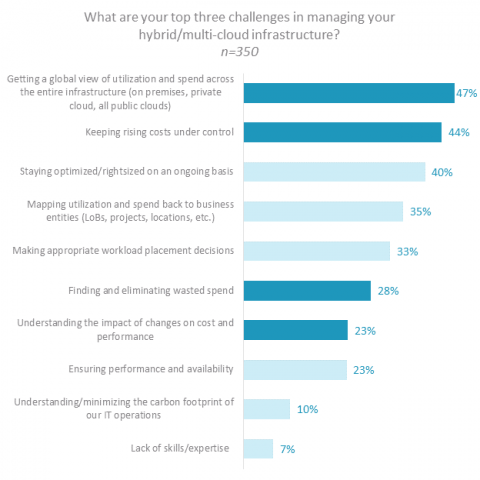Get smarter about M&A IT infrastructure integration
That’s great news—your business is growing, and opportunities abound. It also means you will have to align the acquired company’s IT infrastructure with your own. What this looks like will vary depending on the specifics of any given merger. In some cases, where the acquired entity will continue to operate independently, you may simply look for opportunities to optimize and create economies of scale.






